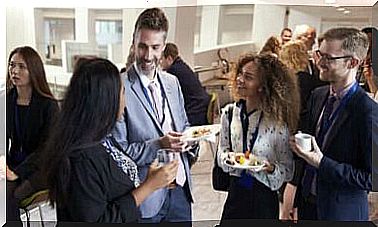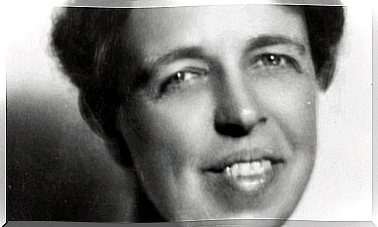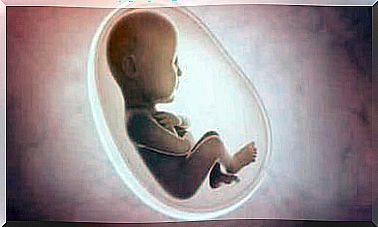Hugs For Noah, An Amazing Case Of Brain Growth
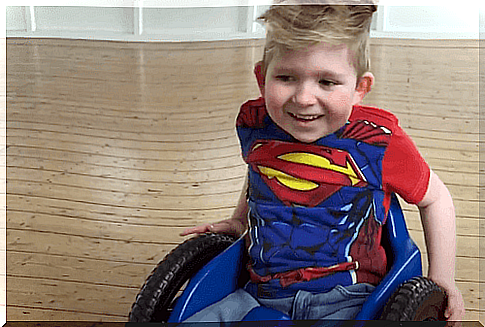
The story of Noah Wall, behind “Hugs for Noah”, is truly amazing, because it is a case of brain growth from an anatomical point of view. A fact like this represents scientific curiosity, but beyond that it also opens up immense horizons against what is known about the human brain.
In a nutshell, this amazing case of brain growth has to do with an English boy named Noah Wall, who was born with just 2% of his brain. That he survived is already an unusual fact, but most incredible of all is that over the years, and with care and treatment, he has managed to develop up to 80% of the normal brain size.
To this already fantastic case of brain growth is added the fight that his parents waged against the backdrop. They, and the mother in particular, are the reason this British child is alive and is an example that certain limits only exist in the mind. It is a case of faith, effort and unfailing perseverance.

The Noah Affair
Shelly Wall wanted a child more than anything in the world. So she was happy when she was told that she was going to be a mother. Happiness did not last long, because after careful consideration they gave him terrifying news. Her son had had a serious case of spina bifida. This meant that the two lines of the fetal spine had not closed.
It wasn’t the only bad news. Doctors found that the boy had a brain tumor and it prevented the gray matter from growing. There was basically fluid in the brain. The doctors’ advice was to induce an abortion, as there was no way to correct these serious abnormalities. What awaited this new being was a life full of limits.
In fact, the child probably would not have survived the birth. And if he did, he would have to endure severe physical and mental disabilities for life. Shelly and her husband Rob discussed it and concluded that they would continue the pregnancy. At the same time, they began to prepare for the boy’s funeral on the way.
A case of brain growth
Doctors respected the couple’s decision, but also issued a “do not resuscitate” order. In other words, the prohibition to apply emergency measures if Noah stopped breathing at birth. On March 6, 2012, Shelly underwent a Caesarean section, assisted by 12 doctors.
They immediately took the baby to the operating room to repair the spina bifida and drain the cerebrospinal fluid that filled most of his head. To everyone’s surprise, the boy not only survived, but the operation was a complete success.
Noah’s childhood was marked by doctors, surgeries, hospital visits, and his parents’ continued struggle to care for him and help him grow. The little boy underwent neurophysical therapy, which combines physical therapy, cognitive exercises and physical activity. In the end, they accomplished what they set out to do: Noah had brain growth.
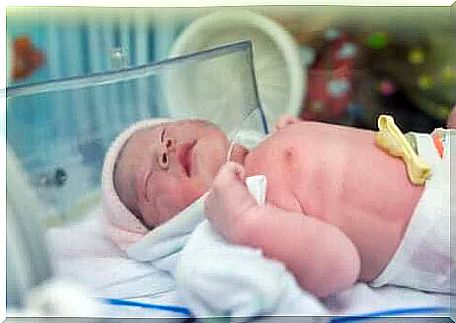
A world of hope
Noah’s breakthrough came within his first three years of life. Neurologists do not know how a small part of the brain manages to learn the functions of other parts and eventually brain growth occurs. Surprisingly, the case of Noah has not been specially studied by science.
The truth is that the little one managed to complete 80% of the brain volume and became a child almost equal to others. It is said “almost” because he has yet to regain movement of his limbs, although he has publicly celebrated when he was able to move a leg.
The parents’ experience was hard, but also exhilarating. To share their experience, they opened a blog called “Hugs for Noah”. The neurologist who handled the case, Claire Nicholson, emphasizes the boy’s desire to live. She defined him by saying that he was: “an amazing boy with two amazing parents”.


